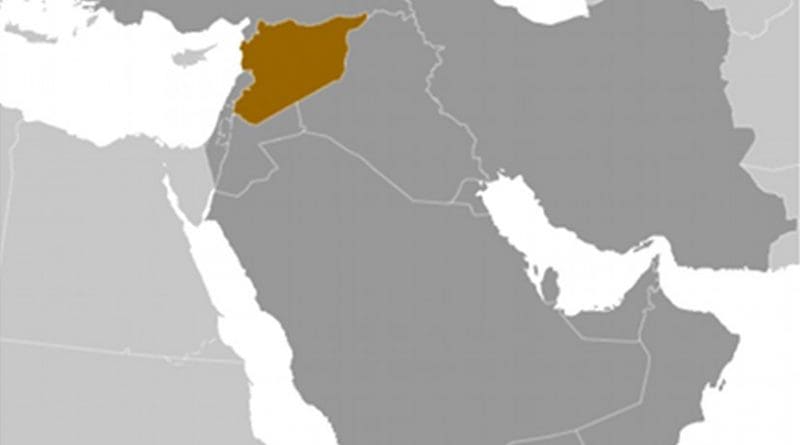US And Russia Could Be On Collision Course In Southern Syria – OpEd
By MINA
Last June saw heightened US-Russian tensions in Syria when US claimed that Russians jets on two separate occasions bombed their New Syrian Army proxies near the al-Tanf border crossing with Iraq. Russians denied doing so (which would mean it was the Syrians), but the Russians did had a decent motive to carry out the attack.
That was a time when there was renewed push in the US for military action against Assad (particularly from the State Department). If Russians wanted to remind the US what that would entail hitting the rebels with closest ties to the US would be one way to do it.
Now again the area around al-Tanf could become an even more dangerous flashpoint between the two. Consider all of this:
The Russian-proposed de-escalation zones have reduced violence between government and rebel fighters in the west. There is a general expectation now that pro-government forces will take advantage of that and organize ambitious offensives eastward toward the encircled city of Deir ez-Zor.
According to recent reports one such push has already started in the south where loyalist forces pushed 60 kilometers into the desert bringing them within just 100 kilometres of the al-Tanf border crossing.
US journalists have revealed that US special forces soldiers are in fact embedded with the rebels operating from al-Tanf. For now they are mainly conducting raids and probing attacks against ISIS, but their ultimate aim is to capture the major crossing between Syria and Iraq at Al Bukamal.
Added all up what does this mean?
It means there is a good chance Syrian soldiers with embedded Russian specialists will soon be pouring into area where Syrian rebels with embedded US soldiers are active as well. What happens then? There is a cease-fire between rebels and government fighters in the west but al-Tanf area doesn’t fall under any safe zone. Besides the US has yet to endorse the Russian-Turkish deal.
The rebels nurtured by the US have no illusions, clashes with government forces could happen.
At the same time, he said, he was also keeping an eye on the regime, which has attacked US-backed rebel groups throughout the war. “They are about 70 kilometers [43 miles] from us — not only the regime, but also Hezbollah, Iran and other militia. We saw their flags,” he said. “And if they attack us, we have to attack them back.”
But with Russians and American soldiers both also involved, and on opposing sides, that could spell a disaster with repercussions far beyond a patch of uninhabited desert in Syria’s south.
One thing that could prevent a disaster is the relative weakness of both sides, but particularly of the rebels. Even last year when they still operated under the auspices of the much larger New Syrian Army the rebels based al-Tanf failed miserably in its only attempt attempt at defeating ISIS at al-Bukamal despite lavish US support. (Indeed, the low fighting morale they displayed at that, and other times, is probably the reason they’ve been further enhanced with US specialists.)

